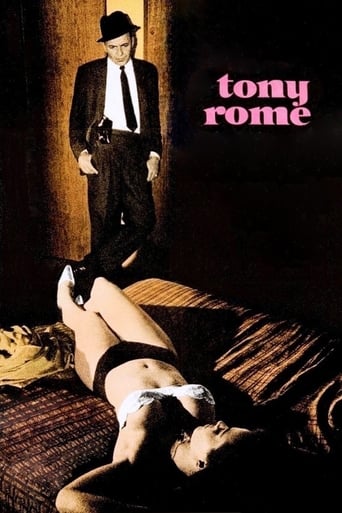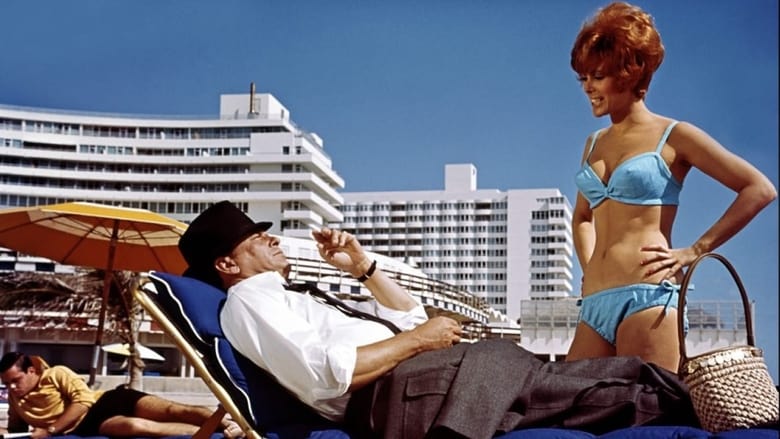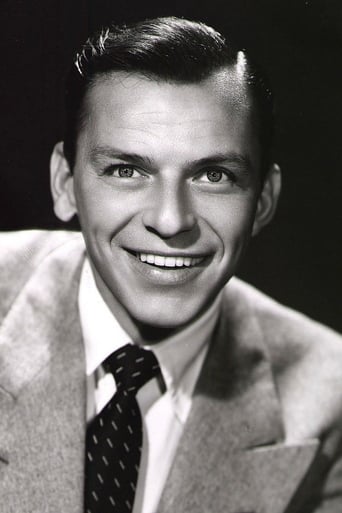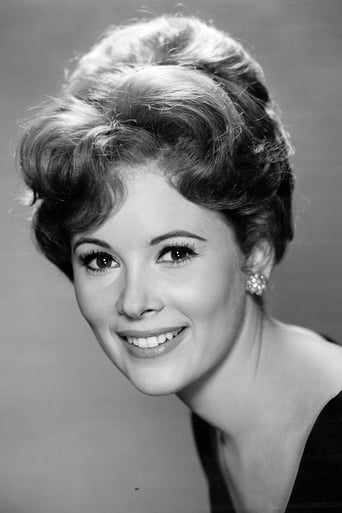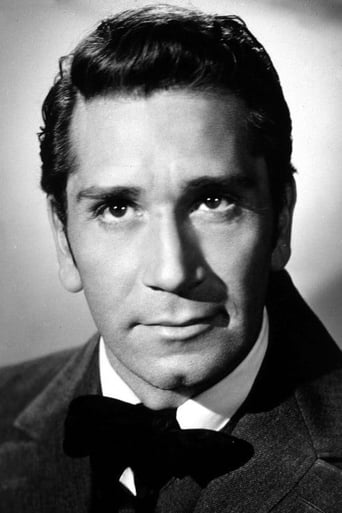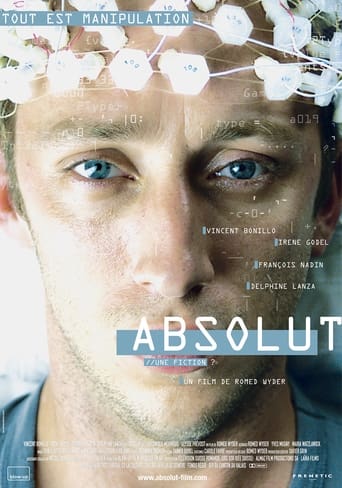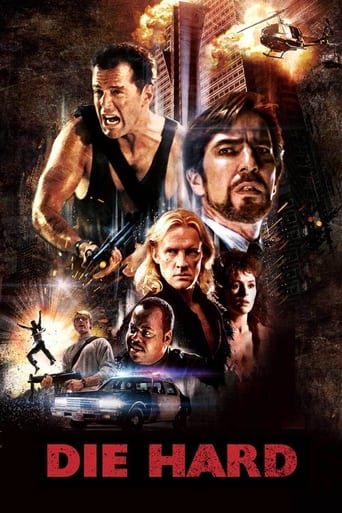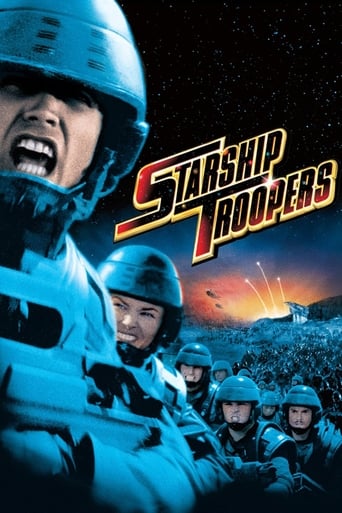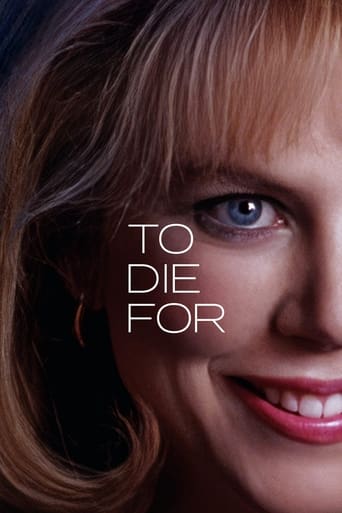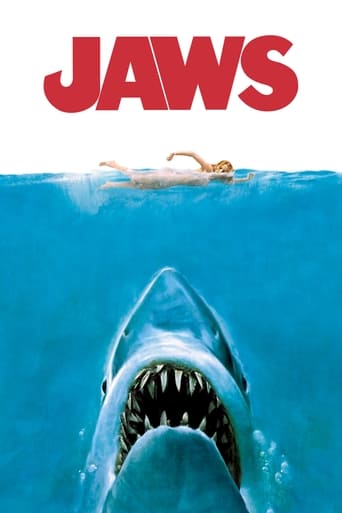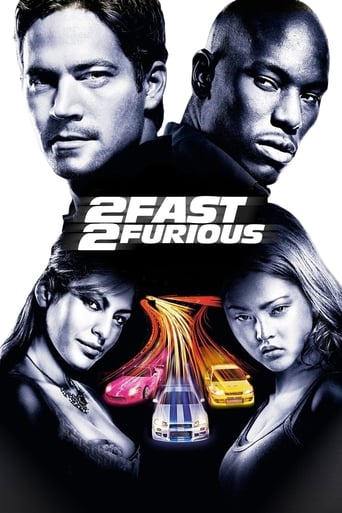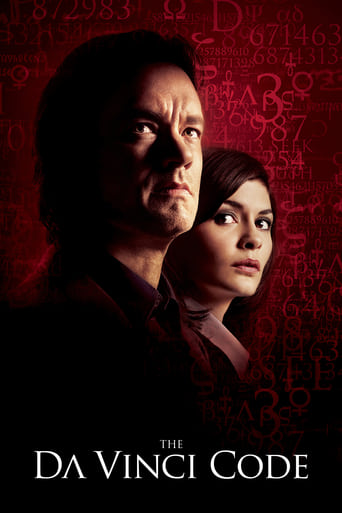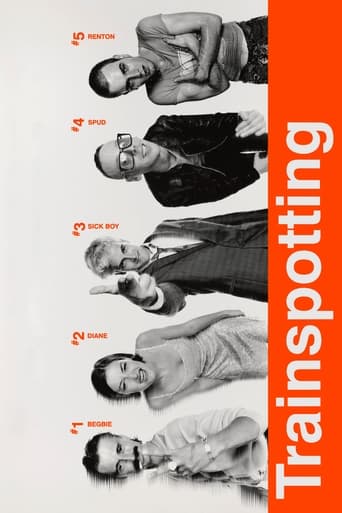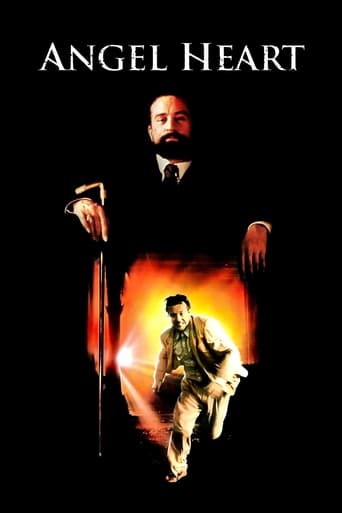Tony Rome (1967)
Tony Rome, a tough Miami PI living on a houseboat, is hired by a local millionaire to find jewelry stolen from his daughter, and in the process has several encounters with local hoods as well as the Miami Beach PD.
Watch Trailer
Cast


Similar titles
Reviews
I like the storyline of this show,it attract me so much
Wow! What a bizarre film! Unfortunately the few funny moments there were were quite overshadowed by it's completely weird and random vibe throughout.
what a terribly boring film. I'm sorry but this is absolutely not deserving of best picture and will be forgotten quickly. Entertaining and engaging cinema? No. Nothing performances with flat faces and mistaking silence for subtlety.
This is one of the best movies I’ve seen in a very long time. You have to go and see this on the big screen.
I watched this movie with my brother when we were in high school, and we couldn't stop laughing. It's pretty much a non-stop joke fest about sex, body parts, prostitution, and more sex. Back in the sixties, it was pretty wild to be able to make those jokes, since the previous three decades were ruled by the Hays Code censorship. Nowadays, these jokes might only be funny to teenagers, or teenagers at heart.Frank Sinatra plays, well, Frank Sinatra. He has a revolving door of good looking broads, shoots bad guys, parties, and hangs out at strip clubs. His character in the film is slightly different, as he's a private detective and lives on a houseboat in Miami Beach, but I guess if Tony Rome had taken place in Las Vegas, it would have felt too much like a documentary. The three main broads are Jill St. John, Gena Rowlands, and Sue Lyon, but there's a buffet of babes in bikinis and lingerie if you're watching the movie for the eye candy.The detective-theft part of the plot isn't particularly extraordinary, but is anyone really watching it for that? No, we want to watch Frank Sinatra juggle scantily-clad babes and crack sex jokes. And we'll be very happy.
Copyright 10 November 1967 by Arcola-Millfield Productions. Released through 20th Century-Fox. New York opening simultaneously at the Astor and the Murray Hill: 15 November 1967. U.S. release: 10 November 1967. U.K. release: 21 January 1968. Australian release: 29 February 1968. Sydney opening at the Regent. 9,898 feet. 110 minutes.SYNOPSIS: Tony Rome is a Miami private eye who lives on his boat, the Straight Pass. Summoned by his ex-partner, Ralph Turpin, who runs a motel, Tony removes a drunken socialite, Diana Pines, and takes her home to her rich father, Rudolph Kosterman, and her stepmother, Rita. Kosterman hires Tony to discover what troubles Diana.NOTES: Last film of long-time (since 1946) Hollywood writer, Richard L. Breen (A Foreign Affair, Miss Tatlock's Millions, Top o' the Morning, Appointment with Danger, Niagara, Titanic, etc.) who died before finishing the script. Novelist Marvin H. Albert was brought in to tidy up. Location scenes filmed in Miami, Florida. Sinatra's first film as a detective. A sequel, "Lady in Cement", was released in 1968.COMMENT: It is only on rare occasions that I can remember the gags in a film — when they are so screamingly funny, I keep laughing them over and over as I leave the theatre. I can remember three from Tony Rome. Sinatra, being accosted by a gun-man. "Good evening", snarls the gun-man. "How are ya?" asks Sinatra; Conte, referring to a suspect: "This guy has so many aliases, he could start his own telephone book!"; Sinatra, bribing a reluctant witness who then waffles: "I don't know. Have you got another twenty? Are you sure you're not a cop?" — "You ever hear of a cop that had another twenty?"Sinatra is perfect in the title role and the supporting cast is most interesting. A fine assortment of characters are lovingly etched under director Gordon Douglas' tutelage, while action director Buzz Henry (who also plays the elusive Nimmo) uses the vast CinemaScope screen to effectively put over some really terrific material that will have audiences on their toes. The plot spun by Marvin H. Albert and the late Richard L. Breen keeps one guessing and alert throughout its wonderfully complicated trails. Joseph Biroc's DeLuxe Color, Panavision camera most persuasively captures all the travelogue (and not so touristy) vistas of Miami, from sparkling playgrounds to dingy strip-clubs.So many interesting players highlight the cast, I simply don't have space to commend them all here, but must draw attention to boxer Rocky Somebody Up There Likes Me Graziano, legendary Hollywood restaurateur Mike Romanoff, nightclub comedian Shecky Greene, Batman series scriptwriter Stanley Ross, and newcomer Deanna Lund who went on to star in the Lost in Space TV series.A Final Word or Two from Fox Publicity: In the face of all the logistical complications involved in filming a motion picture almost entirely on 65 widely separated locations, "Tony Rome" completed production almost four weeks ahead of schedule, an achievement virtually without precedent in the history of major motion picture production. Primarily responsible for this feat were Sinatra himself and director Gordon Douglas. It was Sinatra's phenomenal verve and energy which booted the production along at this fantastic clip, and "one-take" Douglas who was always ready when Sinatra was. Frank is one actor who hates directors like William Wyler who take forever to line up shots.
Frank Sinatra stars as an off-beat boat-living private eye who gets caught up in a convoluted plot which stars when the young daughter of a wealthy construction company boss passes out drunk at a hotel and gets an expensive piece of jewellery stolen from her. You'd hardly think that was enough to trigger a slew of murders but sure enough Sinatra's Tony Rome gets roped in and finds himself involved with beautiful women and gun-toting criminal types giving him plenty of time to display laconic humour and tough-guy smarts before solving the puzzle in the last ten minutes. So labyrinthine is the plot that you know someone's going to have to give a lengthy expositionary speech to join all the dots and sure enough that's what we get.Set in the sun-kissed but sleazy side of Miami, the movie shows its vintage with some crude sexism, the first and last shots indeed being of bikinied beach babies bending over as the camera zooms in a blatantly vulgar way likewise the references young hipsters of the day, portrayed as either frugging frenziedly to imitation beat music on the soundtrack or being sex-addicted like the young honeymooners in the boat next to Rome's.So far so bad, but on the positive, Sinatra breezes through the part with élan, almost matched for chutzpah by Jill St John's voracious Ann Archer character. There are some neatly acerbic lines too, but the story lacks bite and with clichéd characterisation (particularly its depiction of prostitutes, gays and junkies) and direction to match, it fails to reach the top echelon, although it must have done well enough in its day as it garnered a similar-quality follow-up "The Lady In Cement" the next year.
I'd watched this one before in a pan-and-scan version on Cable TV, but had lost the sequel LADY IN CEMENT (1968) a number of times on Italian TV; recently, I acquired both in anticipation of the 10th anniversary from the death of their leading man Frank Sinatra. TONY ROME was one of a number of films which, during the late 1960s, attempted to revive the private eye subgenre which was a staple of the Noir style prevalent from the early 1940s through the late 1950s. Others in this vein included HARPER (1966) and MARLOWE (1969); this kept on steadily till the late 1970s and, in fact, the whole movement acquired new resonance with the Watergate political scandal (reaching an apotheosis with CHINATOWN [1974]).Anyway, to get back to the film proper: with its serpentine plot and roster of suspects spread equally between the idle rich and small-time losers, TONY ROME plays almost like an updated version of THE BIG SLEEP (1946); the fact that it works at all is due to the coming together of various elements. While the mystery as it evolves isn't particularly compelling, it's ultimately justified or, if you like, redeemed by the climactic revelation; besides, it features reasonably good dialogue, evocative Miami locales that are a heady brew of glamor and sleaze, several fashionably violent set-pieces, and ideal casting all around.Sinatra who, on paper, might seem as unlikely in this mould as John Wayne would prove to be in the following decade brings his undeniable presence and vast experience to the role of the tough and cynical ex-cop/investigator/skipper. In his line of work, he comes into contact with all sorts of people: from classy dames (such as Jill St. John, Gena Rowlands and Sue Lyon all with their individual ticks, and either disenchanted with their lifestyle or fleeing from a shady past) to two-bit strippers, a wealthy businessman (Simon Oakland), a long-suffering cop friend (Richard Conte), as well as assorted low-life individuals (including Rome's corrupt ex-partner Robert J. Wilke, proscribed doctor Jeffrey Lynn and drug-dealer Lloyd Bochner) and brutish thugs; even real-life boxing champ Rocky Graziano portrayed by Paul Newman in SOMEBODY UP THERE LIKES ME (1956) puts in an appearance as a dockside peddler.We even get a nice title tune sung by the star's own daughter, Nancy Sinatra though it seems odd to listen to her praising the amoral nature of his character! Incidentally, director Douglas would helm three consecutive thrillers with Sinatra in the lead (twice appearing in the role of Tony Rome) even if the best among them remains the other (more serious) effort, THE DETECTIVE (1968). Later still, Sinatra went down these same dark streets again in the made-for-TV movie CONTRACT ON CHERRY STREET (1977) and, in his very last starring vehicle, THE FIRST DEADLY SIN (1980).

